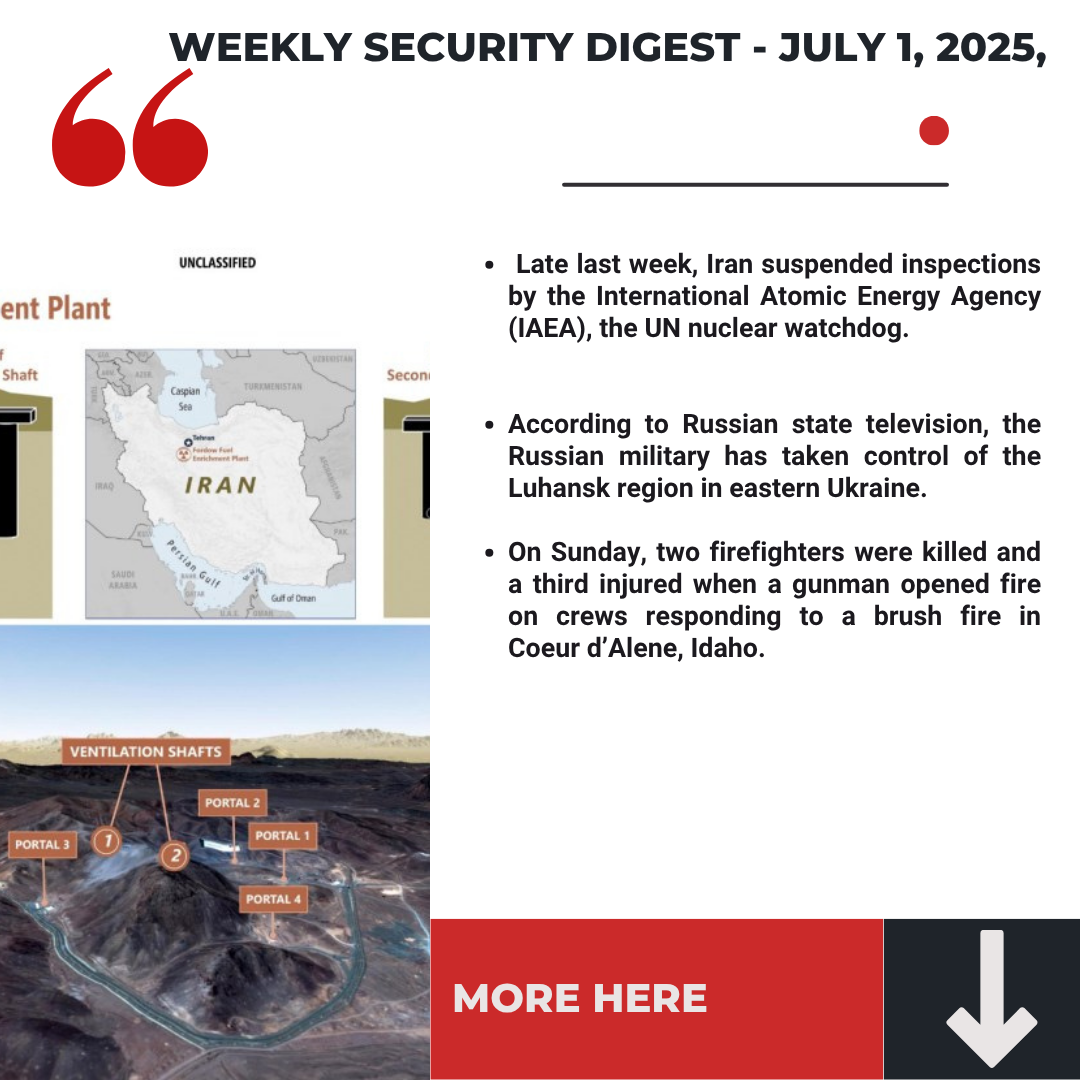With Labor Day behind us in the United States, many workplaces are shifting from relaxed summer mode to the fall rush. As employees return from vacation, it is a good opportunity to review and ensure that your office or workplace is safe and secure for workers. Common health and safety risks in the workplace include slips and falls, exertion injuries, and workplace harassment.
Slips and Falls
According to EHS Daily Advisor’s article, OSHA’s Fatal Four – Leading Causes of Fatalities in the Workplace, 36.5% of all workplace deaths are the result of falls. In fact, slips, trips, and falls cause multiple workplace injuries every year. Fatigue, distraction, and messiness can also lead to these outcomes. It is especially important that floors be in good condition and free from obstructions. If an employee is injured at work, record the incident immediately. You can now use software to assess risks by recording each incident as it happens and analyzing the information to predict when it may happen again.
All equipment, from heavy machinery to copiers and printers, should be carefully maintained. But upkeep is only part of the picture. Make sure your emergency equipment is stocked and up to date; this includes fire extinguishers, first aid kits, and smoke detectors.
Exertion Injuries
Ergonomics is the practice of making sure a job fits a person’s capacity, such as matching an individual’s equipment to their body and their task, so they can work without fear of injury. To do this, managers need to listen to workers and learn from their on-the-job experiences.
To prevent musculoskeletal injuries or disorders, managers should assess the risks of such injuries in the workplace and minimize them. You might want to provide training in how to properly engage in physical activities; for example, showing workers the safest way to carry a heavy object.
The Covid-19 pandemic has made us all aware of the term PPE, or personal protective equipment, equipment that minimizes the risk of injury or illness to a worker. It includes construction site safety gear, such as gloves, hard hats, eye and hearing protection, face masks, and harnesses—but it can also include equipment that protects from hazards such as dangerous chemicals, extreme heat conditions, heights, or electrical threats. Employers should always heavily consider providing all the requisite protective equipment suited to their workplace.
Workplace violence and harassment
When we first think of workplace safety, we may first think of physical risks. However,a safe work environment includes a staff that feels emotionally secure and respected by those around them. The office mood has a direct impact on workplace productivity and morale.
By now, most people know that employers are required by law to establish policies addressing these issues. Organizations usually take steps such as putting out a commitment statement, developing a comprehensive policy that outlines reporting, investigation, and outcomes, and training all employees on the office policy.
A 2021 WBI U.S. Workplace Bullying Survey showed that 48.6 million Americans have been bullied or harassed based on race, color, religion,, sex, age, disability or other orientation, at work. That’s a whopping 30 percent of all adults. Bullying was even worse during the pandemic when it rose to 43 percent.
Behaviors, both good and bad, trickle down through an organization. Upper management needs to set an example by modeling civil behavior. When those in powerful positions say “please” and “thank you,” listen, and show common courtesy, it helps employees learn to value civility. In addition to mandatory harassment training, you might consider an anti-bullying policy, which would describe what constitutes bullying and communicate to your employees that this behavior will not be tolerated.
Creating a Culture of Work Safety
In conclusion, as we transition from the laid-back atmosphere of summer to the bustling pace of fall, workplace safety should be at the forefront of our minds. Whether it’s physical risks like slips and falls, exertion injuries, or the emotional and psychological toll of harassment, a comprehensive approach to safety is non-negotiable. Employers have a legal and ethical responsibility to provide a secure environment, and employees have a role in contributing to a culture of safety. From utilizing technology to assess risks, to ensuring that emergency equipment is up-to-date, every detail counts. Ergonomics, PPE, and respectful behavior are not just buzzwords; they are essential components of a healthy workplace. AsEnterprise Emergency and Insurance Risk Manager at ISO New England, Jeffrey Trask, aptly noted on his The Employee Safety Podcast, a culture of safety involves everyone and is built on understanding the ‘why’ behind each procedure. So let’s make this season a time for renewing our commitment to creating workplaces that are not just productive, but also safe and respectful for all.
To find out more, please reach out to info@interforinternational.com





